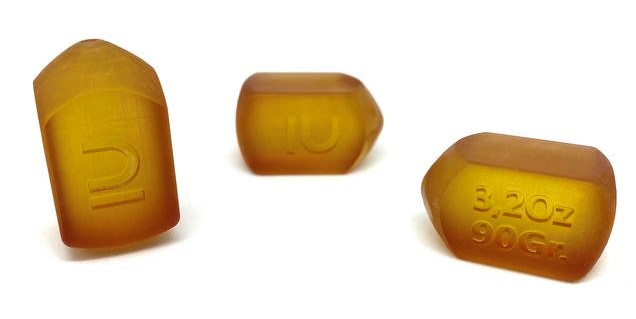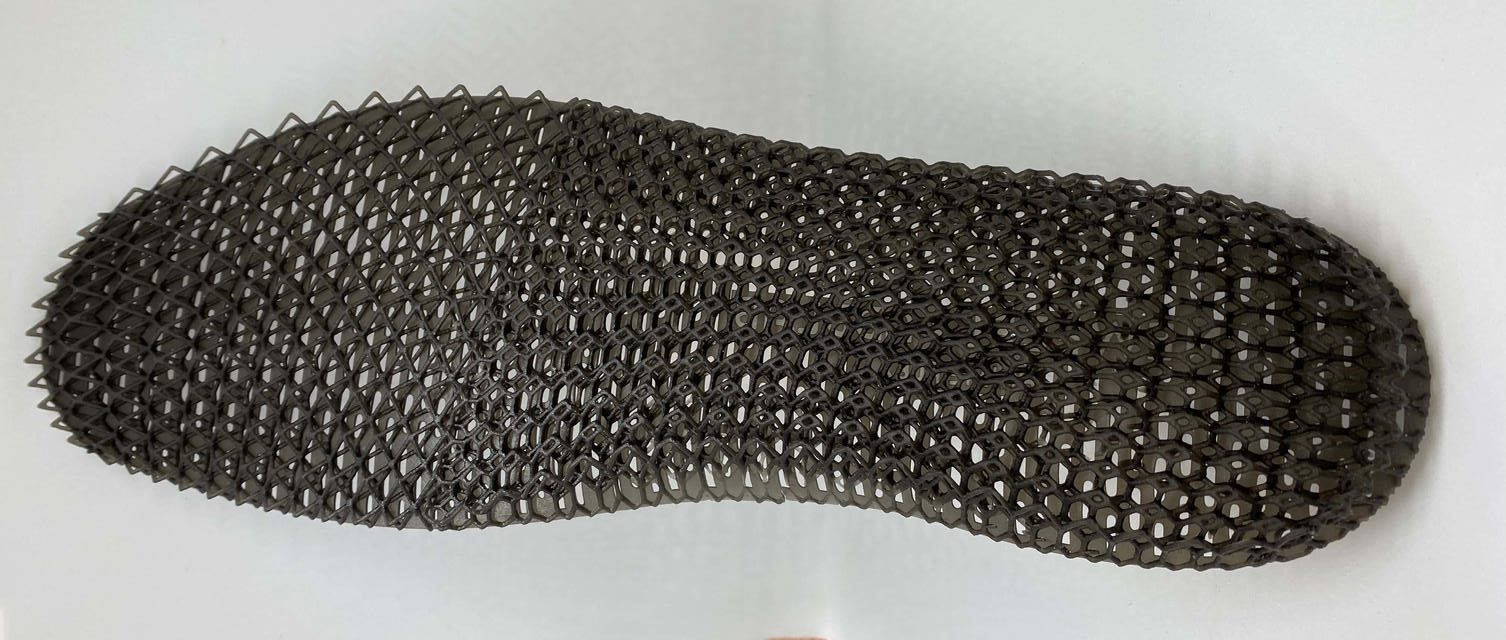Global sporting goods leader Decathlon has integrated 3D Systems’ Figure 4 additive manufacturing technology into its supply chain. The French retailer claims the resin-based technology has streamlined functional part development and shrunk production cycles, while providing a “major competitive edge in terms of speed, precision, and versatility”.
Savings at the additive manufacturing lab
The line of Figure 4 Modular systems is currently situated at Decathlon’s dedicated additive manufacturing lab (ADDLAB). One of the earliest successes for the engineers working there was the development of a set of fresh water carp fishing weight sinkers. When the team realized their competitors only offered one product option, they sought to diversify their own range with multiple mold designs.
At the time, Decathlon’s main mold supplier didn’t have the ability to produce the master patterns, so instead of finding a secondary supplier the engineers took it upon themselves to print their own. The master patterns needed to be able to maintain their fine details at 160°C and pressures in the region of about 180 bar, so the team opted for Figure 4 HI TEMP 300-AMB, a rigid, transparent polymer suitable for high temperature environments.
The ADDLAB printed the weight sinker patterns in just two days before sending them off to the mold supplier (a process that usually takes about a month). In addition to the time savings, printing the patterns in-house meant Decathlon also saved on product development and service costs – a win-win.

Material versatility
On top of the production-grade additive manufacturing technology, the Figure 4 platform also provides an extraordinary amount of material versatility. In addition to the HI TEMP 300-AMB resin, the ADDLAB engineers have been making use of a wide variety of 3D Systems’ offerings. The Figure 4 PRO-BLK 10, with its fast print speeds and thermoplastic-like behaviour, is great for dynamic assemblies and interchangeable attachments.
The team has also been using FLEX-BLK 20, a fatigue resistant black polymer not too dissimilar to polypropylene. It has since found its place in many end-use bike components destined for the store shelf. Finally, the Figure 4 RUBBER-BLK 10 resin has been great for simulating deformation in prototypes. It’s a slow-rebound, rubber-like material suitable for grips and shoe insoles.
Decathlon claims its mission is to sustainably commercialize sporting goods for everyone, and cites its new Figure 4 tool as the ace up its sleeve. The ADDLAB team intends to continue working with 3D Systems’ technology and may increase its production power with the addition of more modules in the future.

The Figure 4 machine and materials portfolio is constantly expanding to encapsulate more applications. Just last month, 3D Systems launched five new resins for use with its machines: Figure 4 RUBBER-65A BLK, Accura Fidelity, Accura Bond, Accura Patch, and Figure 4 JEWEL MASTER GRY. The materials have varying mechanical properties suitable for jewelry casting, electronics seals, and functional prototypes.
Earlier in the year, the company also launched a machine dedicated to jewelry production – the Figure 4 Jewelry. The system has a 125 x 70 x 196mm build volume and is described as “ultra-fast and affordable”.
Subscribe to the 3D Printing Industry newsletter for the latest news in additive manufacturing. You can also stay connected by following us on Twitter and liking us on Facebook.
Looking for a career in additive manufacturing? Visit 3D Printing Jobs for a selection of roles in the industry.
Featured image shows master patterns made of HI TEMP 300-AMB. Photo via Decathlon.



